As summers grow hotter and rainstorms increase in frequency and severity, it’s more important than ever to promote and invest in solutions that improve local climate resilience. However, governmental solutions often value pipes over natural permeability and engineering over community engagement. And, where nature-based stormwater solutions are installed, many residents are at risk of displacement due to increasing property values.
While there’s no quick fix to this challenge, CNT, through its Climate and Cultural Resilience program (CCR), has partnered with mission-driven community-based organizations to showcase demonstration-scale nature-based stormwater solutions as both climate and cultural assets. The solutions are co-designed by local stakeholders and are installed alongside complementary and culturally relevant art projects.
This work is done with support from Enterprise Community Partners and Elevated Chicago, an initiative of SPARCC that works to improve racial equity, public health, and climate resilience outcomes through strategic equitable transit-oriented development projects. By activating spaces near transit, Elevated partners hope to draw attention to Chicago’s transit system as an important sustainability asset and cultural connector in which to focus investment, and to drive use of transit by residents who otherwise may have not realized the benefit transit brings to their community.
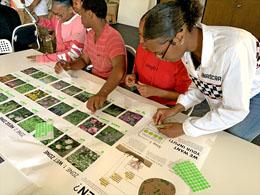 Elevated Chicago's eHUB sites
Elevated Chicago's eHUB sites
Site 1: Logan Square Blue Line eHUB
Site 2: California Pink Line eHUB
Site 3: Kedzie Lake Green Line eHUB
Site 4: 51st Green Line eHUB
Our recent set of projects focus climate and cultural investments at sites that serve as a community asset. The sites are focused around Elevated Chicago’s “eHubs”—representing seven Chicago Transit Authority (CTA) train stations and the ½ mile radius around them, along the Green, Blue, and Pink Lines. All sites are within quick walking distance of the stations, and the proximity of these investments to transit underscores the important role that equitable transit-oriented development plays in climate mitigation efforts, and in improving resident access to culturally relevant local services.
CNT is thrilled to be in partnership with our partners, each of which has a thoughtful and creative interpretation of climate and cultural resilience in the context of their communities and stakeholders.
Site 1: the Logan Square Blue Line eHUB
Elevated Chicago Partner: LUCHA
Building Owner: Logan Square Neighborhood Association
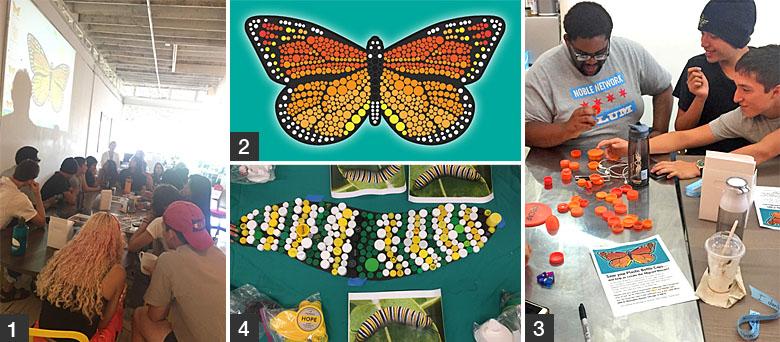
In Logan Square, we’re working with the Logan Square Neighborhood Association (LSNA), a nonprofit that provides invaluable housing and immigration services to the Logan Square Latinx community. Their project centers migrant resilience as its main theme. The green infrastructure project will be a green wall system at the back of the building, planted with pollinator flowers that will draw monarchs and other migrating insects and birds, capturing water from roof downspouts, improving on-site stormwater management. The green wall system conceptual design is still underway. The art project is a pair of mosaics – a monarch caterpillar and butterfly – made from found “waste” materials (bottle caps, cardboard, old paper). The mosaics will be installed in LSNA’s foyer, symbolic of the work that LSNA does and who they do it for.
Site 2: California Pink Line eHUB
Elevated Chicago Partner: OPEN Center for the Arts
Building Owner: OPEN Center for the Arts
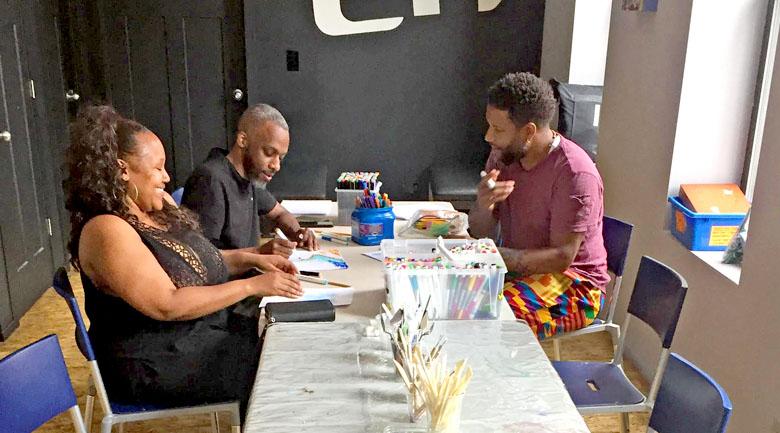
In South Lawndale, we’re working with OPEN Center for the Arts, an organization that provides a gallery space for artists (professional, amateur; young, old), and hosts several community workshops/events throughout the year. OPEN’s building has some basement flooding issues, which impedes their ability to use the entire building for programming.
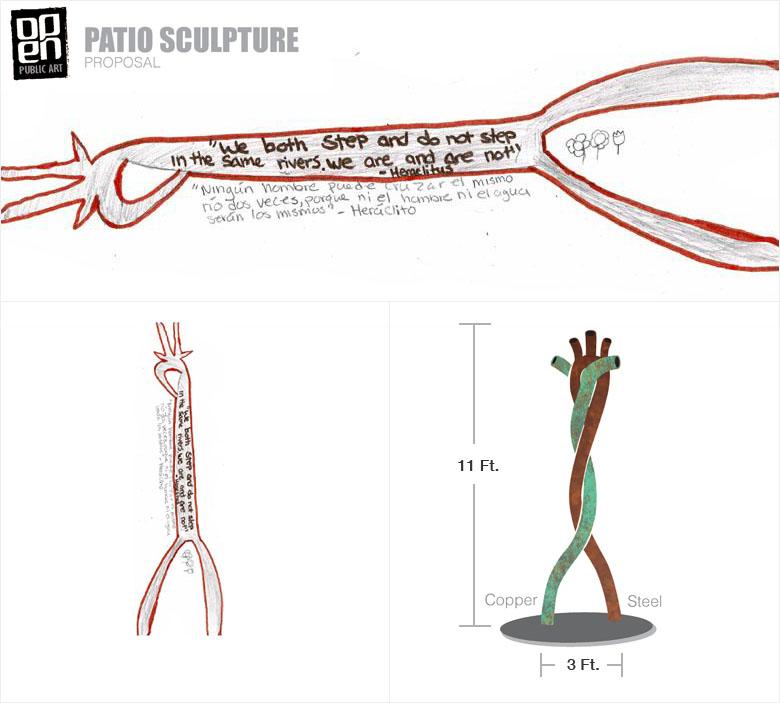
 The organization is working with a design firm to improve stormwater management in the building’s back patio by cleaning out the catch basin, installing permeable pavers, and improving downspout disconnection. They’ve also partnered with a North Lawndale artist to lead several South Lawndale youth in a design exercise to come up with a sculptural concept reflective of the community’s Mexican heritage and the importance of access to clean water. The selected concept will be brought to life by a local fabricator and installed alongside the patio improvements.
The organization is working with a design firm to improve stormwater management in the building’s back patio by cleaning out the catch basin, installing permeable pavers, and improving downspout disconnection. They’ve also partnered with a North Lawndale artist to lead several South Lawndale youth in a design exercise to come up with a sculptural concept reflective of the community’s Mexican heritage and the importance of access to clean water. The selected concept will be brought to life by a local fabricator and installed alongside the patio improvements.
Site 3: Kedzie Lake Green Line eHUB
Elevated Chicago Partner: Garfield Park Community Council
Site Owner: FarmWorks

FarmWorks is an initiative of the Heartland Alliance and manages several urban farming lots throughout East Garfield Park. FarmWorks has a workforce development training program for individuals facing barriers to employment, and the food they produce is sent to local pantries and markets.
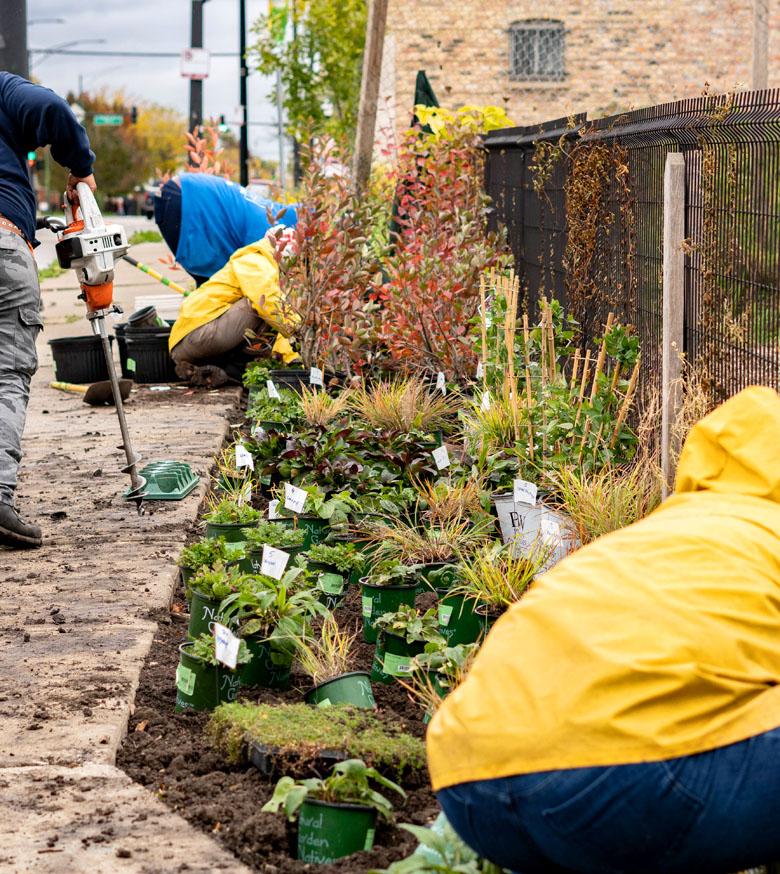
The site receiving CCR support is on Kedzie Avenue, just north of the Metra tracks, is one of Farmwork’s more underdeveloped sites – it lacks shade for community volunteers and paid employees and the site experiences some runoff from an adjacent parking lot. Through CCR, this site will see the installation of a biofiltration strip at the back of the farm to capture some of the runoff from the parking lot, an edible garden at the front of the lot, and a shade sculpture with some water collection features, installed adjacent to the bioinfiltration project.
Site 4: 51st Green Line eHUB
Elevated Chicago Partner: Washington Park Development Group
Site Owner: Washington Park Development Group

Overton Elementary, located in the Washington Park community area, was closed in 2013, alongside 49 other Chicago public schools. In 2015, Washington Park Development Group acquired the property and has been working with a local architect, Paola Aguirre (Borderless Studio) to activate the space in the near-term while planning out its future as a community asset.

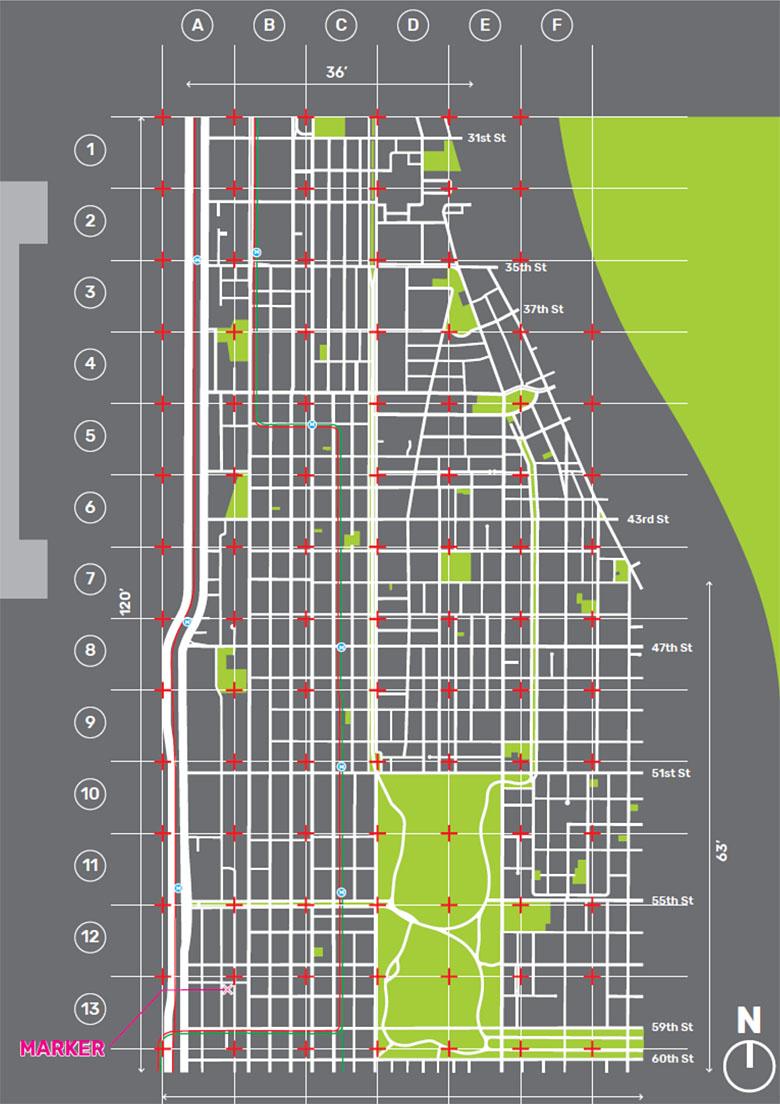 With support from CCR, the east side of the former school’s parking lot will transform into a full-scale asset map of the Bronzeville neighborhood with an adjacent rain garden. The asset map will not only reveal the built environment assets in the community but will also center the neighborhood’s natural assets (Washington Park, the boulevards, and – now – Overton’s campus rain garden) as important nature-based stormwater management solutions. The building has several other active projects, many of which were featured during this years’ Architectural Biennial.
With support from CCR, the east side of the former school’s parking lot will transform into a full-scale asset map of the Bronzeville neighborhood with an adjacent rain garden. The asset map will not only reveal the built environment assets in the community but will also center the neighborhood’s natural assets (Washington Park, the boulevards, and – now – Overton’s campus rain garden) as important nature-based stormwater management solutions. The building has several other active projects, many of which were featured during this years’ Architectural Biennial.
CCR aims to see cultural equity manifest in community empowerment, quality of life improvements, and improved local decision-making around how land in communities and neighborhoods is used to the interests of those who live there. Investing in site-scale climate resilience measures at community organizations that provide an important and tailored service to residents is an investment in cultural staying power. By engaging these same residents in the design process for both the climate resilience strategy as well as a creative art project, climate resilient benefits become more accessible and interrelated with cultural resilience.


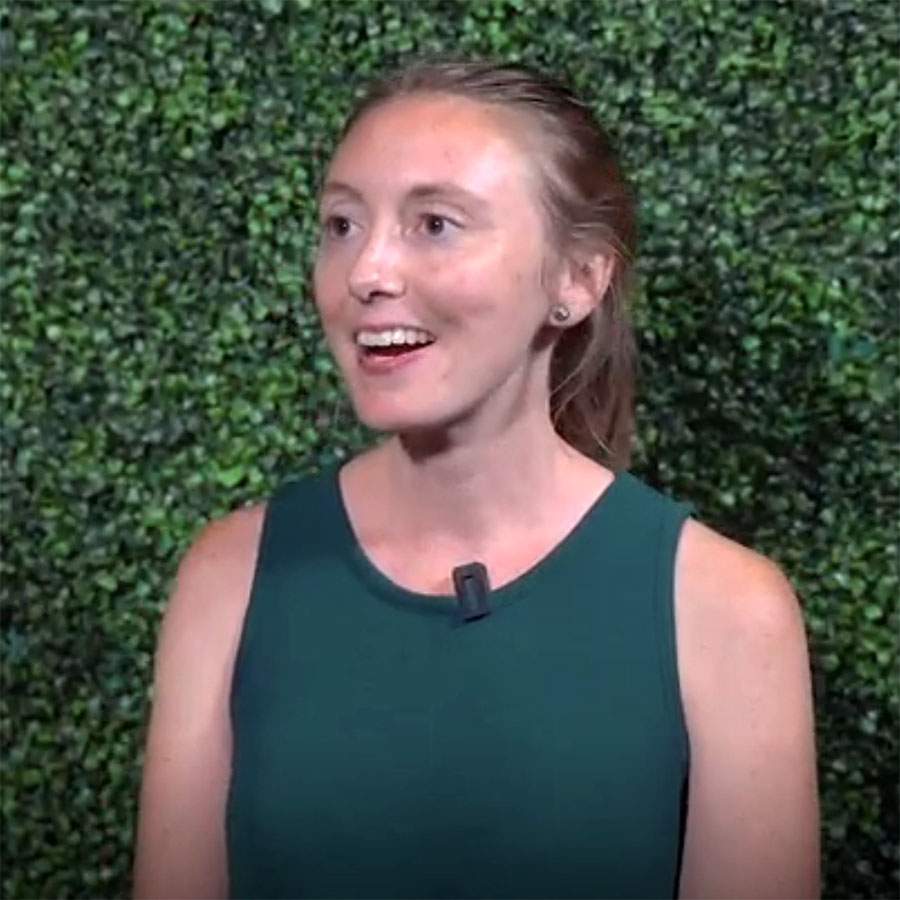
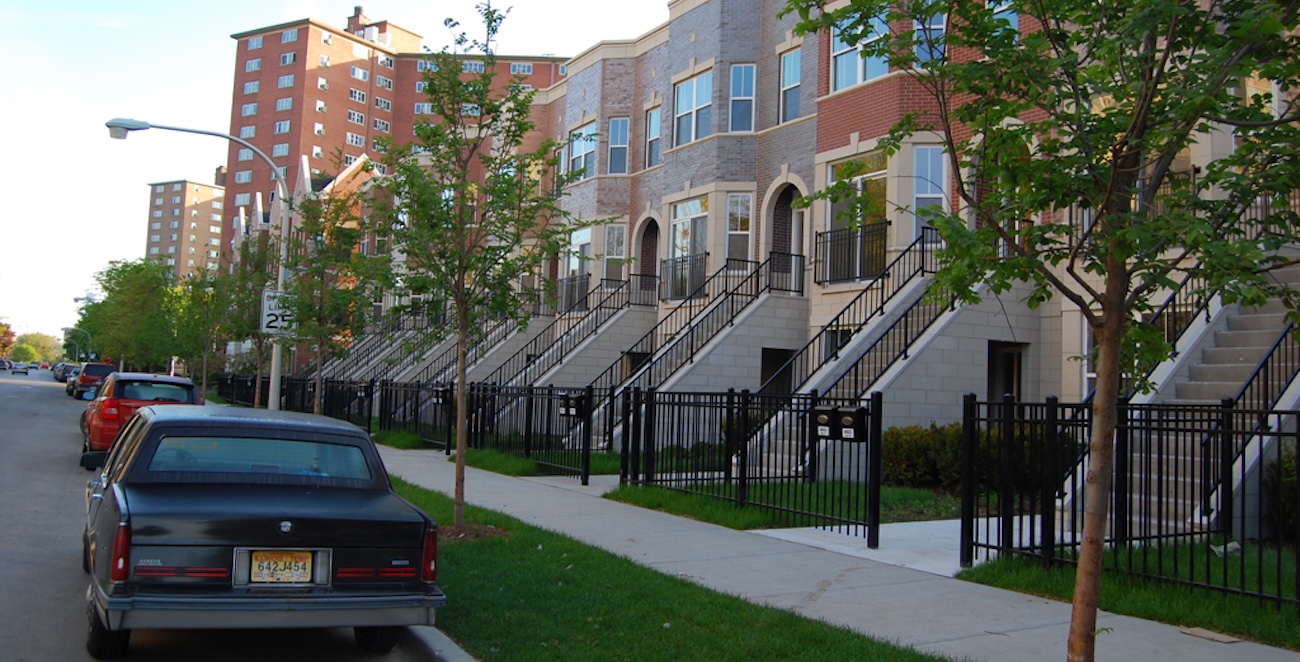

 Strengthening Transit Through Community Partnerships
Strengthening Transit Through Community Partnerships